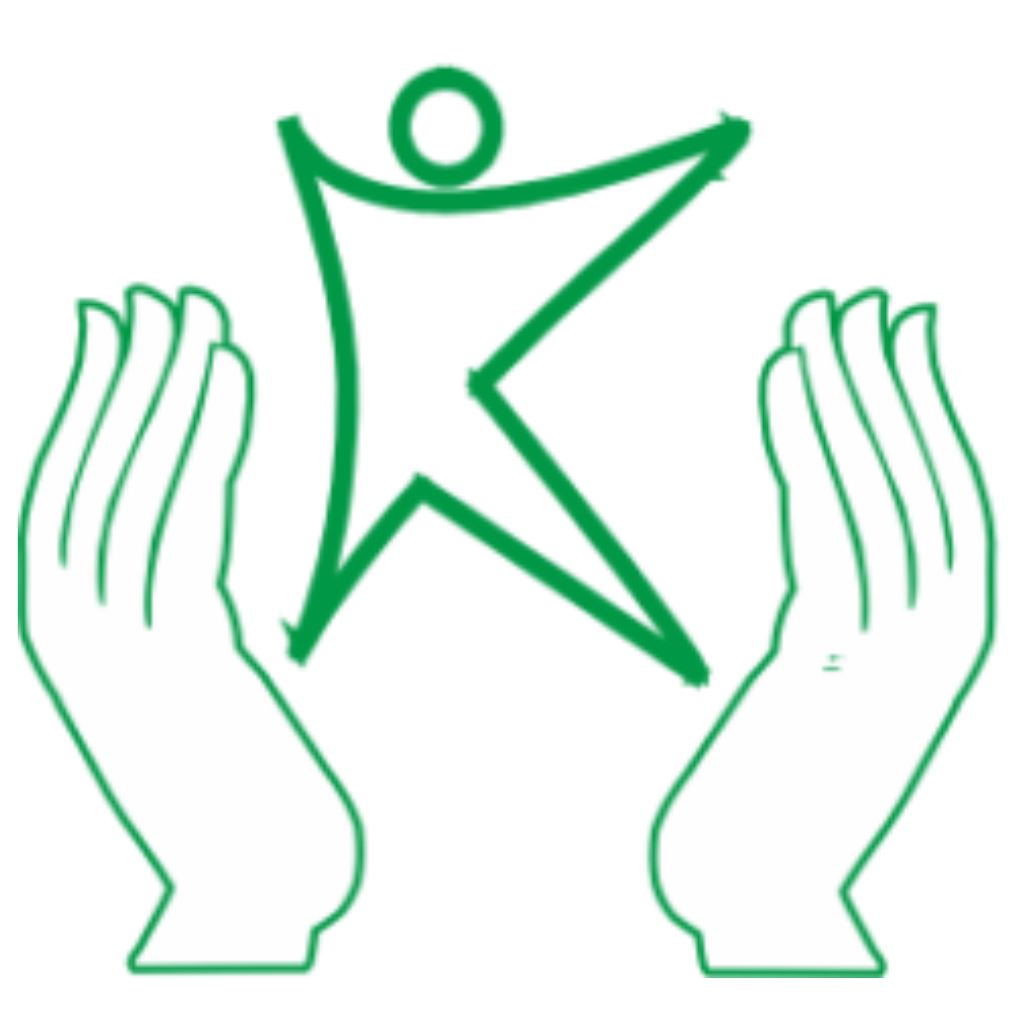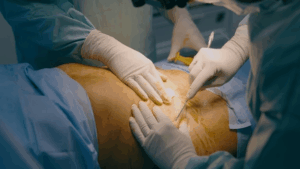What is Osteomalacia?
Osteomalacia is a condition that causes bones to become soft and weak. This happens because the bones do not get enough minerals, like calcium or vitamin D. As a result, bones may bend or break more easily. Osteomalacia affects adults, while a similar problem in children is called rickets. Because strong bones are important for daily life, understanding osteomalacia is key to good bone health.
Causes of Osteomalacia
There are several reasons why someone may develop osteomalacia. Most often, it is linked to a lack of vitamin D. However, other factors can also play a role. For example, some people may not get enough sunlight, which helps the body make vitamin D. Others may have trouble absorbing nutrients from food. In the United States, osteomalacia is less common, but it can still occur.
Because vitamin D is so important, people who stay indoors or cover their skin may be at higher risk. Additionally, older adults and those with darker skin may also need more vitamin D.
Common Symptoms
Osteomalacia can cause many different symptoms. Sometimes, these signs are mild at first. Over time, they may become more noticeable. If you notice any of the following, it is important to talk to your doctor:
Because these symptoms can be caused by other problems, it is important to get a proper diagnosis.
How Osteomalacia is Diagnosed
Doctors use several steps to diagnose osteomalacia. First, they will ask about your symptoms and medical history. Next, they may order blood tests to check levels of vitamin D, calcium, and phosphate. Sometimes, doctors use X-rays or bone scans to look for soft or weak spots in the bones. In rare cases, a small sample of bone may be taken for testing. Early diagnosis helps prevent further bone damage.
Treatment Options
Treating osteomalacia focuses on fixing the cause. Most often, this means raising vitamin D and calcium levels. Your doctor may suggest:
With the right treatment, bones can become stronger over time. However, it is important to follow your doctor’s advice and take all medicines as directed.
Prevention Tips
There are simple steps you can take to lower your risk of osteomalacia. For example, making healthy choices every day can help keep your bones strong. Try these prevention tips:
Because prevention is easier than treatment, these habits can make a big difference.
Lifestyle and Home Care Guidance
Living with osteomalacia can be managed with the right steps. For instance, you can make your home safer to prevent falls. Here are some helpful tips:
Because support from family and friends can help, do not hesitate to ask for help when needed.
Conclusion
Osteomalacia is a treatable condition, but early action is key. If you experience bone pain, weakness, or other symptoms, consult your doctor. For personalized advice on osteomalacia, visit an orthopedic specialist at Pyramid Hospital. Taking care of your bones today ensures you stay strong and healthy for years to come.




